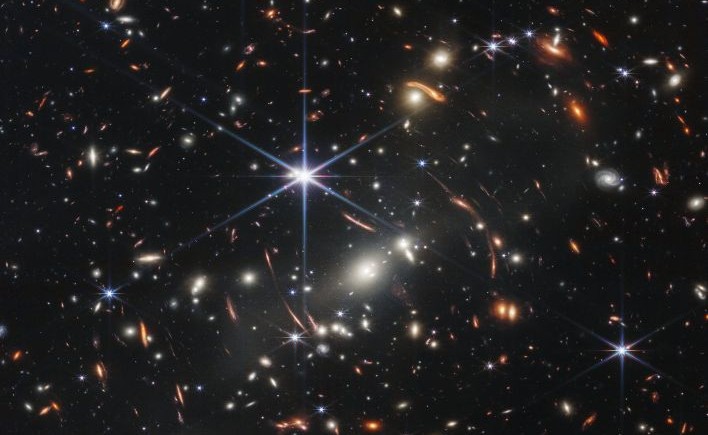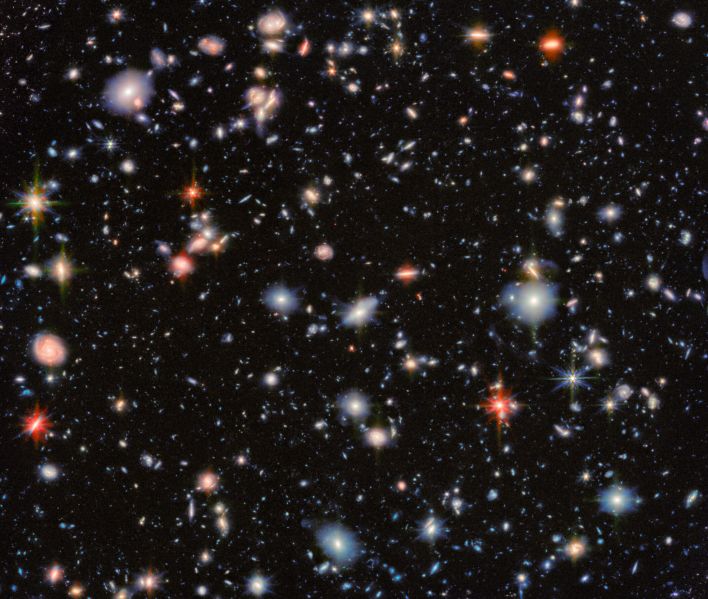NASA's Webb Reveals New Insights Into Galaxy Evolution With A Fresh Deep Field View
No doubt, the original HUDF program (that ran from September 2003 to January 2004) peered further into space and time than ever before, capturing galaxies that existed less than a billion years after the Big Bang. It was a pioneering effort that transformed our view of galactic evolution. However, where Hubble captured visible light of these distant beacons, Webb can penetrate the cosmic dust and gas with its infrared capabilities.
Webb's recent observations of the HUDF, part of the MIRI Deep Imaging Survey (MIDIS) project, involved nearly 100 hours of data collection using its Mid-Infrared Instrument (MIRI) and Near-Infrared Camera (NIRCam). This exposure has yielded one of the deepest views of the universe ever obtained, surpassing even Hubble's pioneering effort.
The new image shows thousands of galaxies previously invisible to Hubble. Among these are hundreds of "extremely red galaxies" that indicate galaxies that are either heavily shrouded in dust, actively forming stars at a prodigious rate, or contain a mature population of older stars that formed remarkably early in the universe’s history. Thanks to Webb’s resolution, even at mid-infrared wavelengths, researchers can now discern the structures of these nascent galaxies, thus providing greater understanding on their growth and evolution. Nonetheless, this ability to resolve and characterize galaxies from such an early time period is precisely what Webb was designed to do.
Beside these new HUDF redux images, among some of the more exciting revelations from Webb’s observations include the revised age of some known galaxies. In one instance, a galaxy previously estimated to be 11.8 billion years old has been re-calibrated to 13.3 billion years old. This adjustment pushes its origins back to when the universe was possibly just 450 million years old, placing it firmly within the first wave of galaxies to ever form during the so-called cosmic dawn.



